If you’ve ever dreamed of a garden buzzing with beautiful butterflies but not swarming with bugs, you’re not alone. The key is choosing plants that are nectar-rich for pollinators—without doubling as an open invitation for unwanted pests. Yes, it’s possible to get the best of both worlds.
Some plants are especially smart picks because they’re irresistible to butterflies but naturally repel other insects. Think of them as your garden’s bouncers—welcoming the right guests and keeping the annoying ones out. Whether you’ve got a balcony, a small backyard, or a full garden, these plants bring beauty and balance without the battle.
And don’t worry—you don’t need to use chemicals or tricky setups. These flowers and herbs are easy to grow, lovely to look at, and they do a lot of the hard work for you. Just plant them once and watch the butterflies do the rest.
Lavender
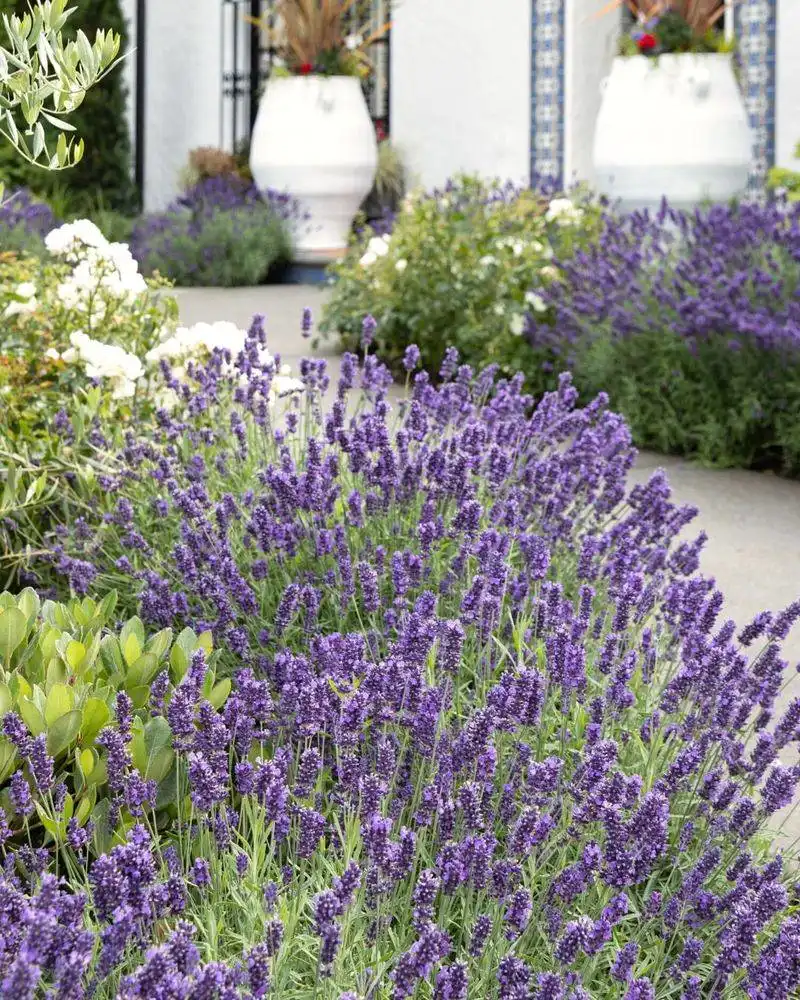
Lavender’s fragrant blooms have a timeless appeal, drawing butterflies with their sweet scent while deterring pests with their potent oils. With its vibrant purple spikes swaying in the breeze, lavender exudes a calming presence. The plant’s aroma is beloved by people and butterflies alike but repels mosquitoes and flies, providing a natural shield. Its hardy nature makes it an ideal addition for gardeners seeking low-maintenance beauty. Embrace its soothing hues in borders or pots, where it will thrive in sunlight. Known for its versatility, lavender is a must-have for any butterfly-friendly garden.
Milkweed
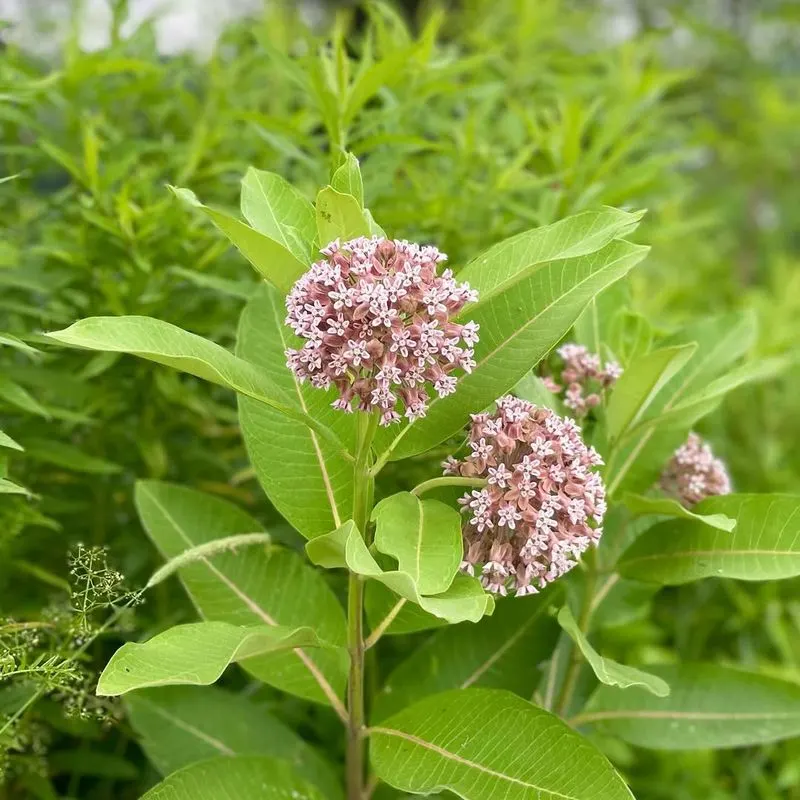
Milkweed stands as a beacon for monarch butterflies, providing essential nutrients and a place to lay eggs. This relationship is mutually beneficial, with the plant’s toxins deterring predators. Its striking orange and yellow blossoms add a splash of color to any garden setting. Robust and reliable, milkweed thrives in various environments without demanding much attention. While its toxicity keeps pests at bay, it remains a crucial component of the butterfly life cycle. Incorporating milkweed into your garden supports conservation efforts, ensuring these majestic insects continue to grace our landscapes.
Zinnias
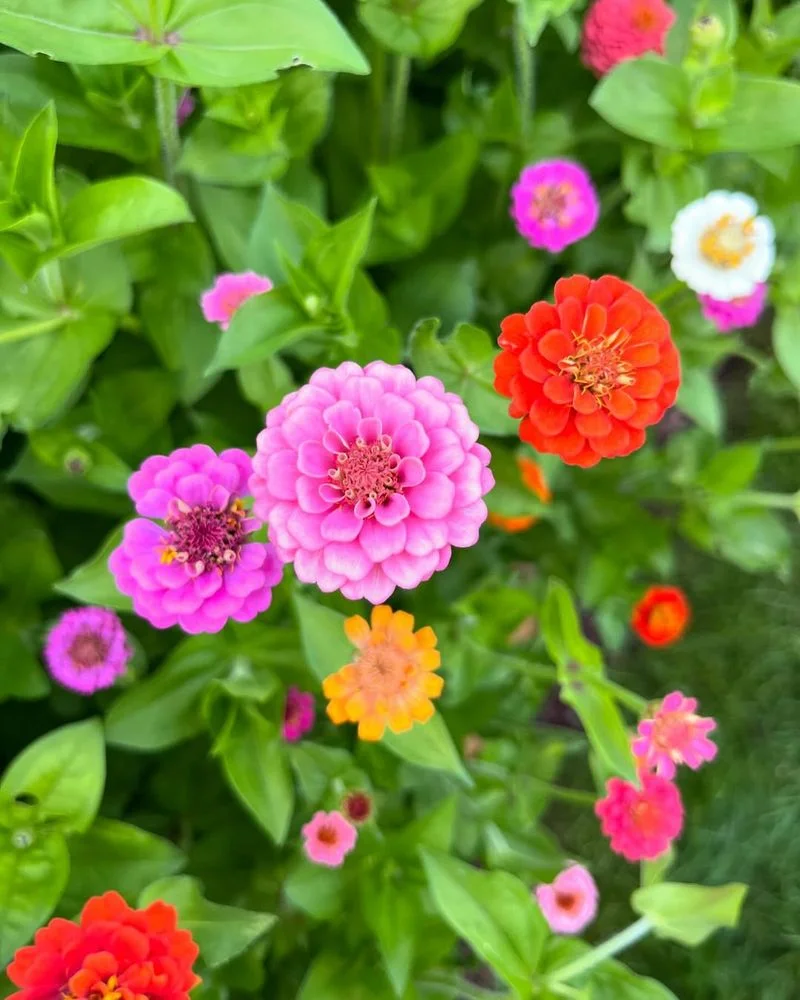
Brimming with cheerful colors, zinnias bring joy to gardens and delight to butterflies. These hardy annuals offer an array of hues, from bold reds to delicate pinks, attracting butterflies with their accessible nectar. Zinnias’ resilience against pests like aphids makes them a gardener’s ally, requiring minimal fuss to flourish. Plant them in clusters to create a dazzling display that butterflies can’t resist. Their ability to thrive in diverse climates and soil conditions adds to their charm. Adding zinnias ensures a garden that’s both vibrant and welcoming to winged visitors.
Coneflowers
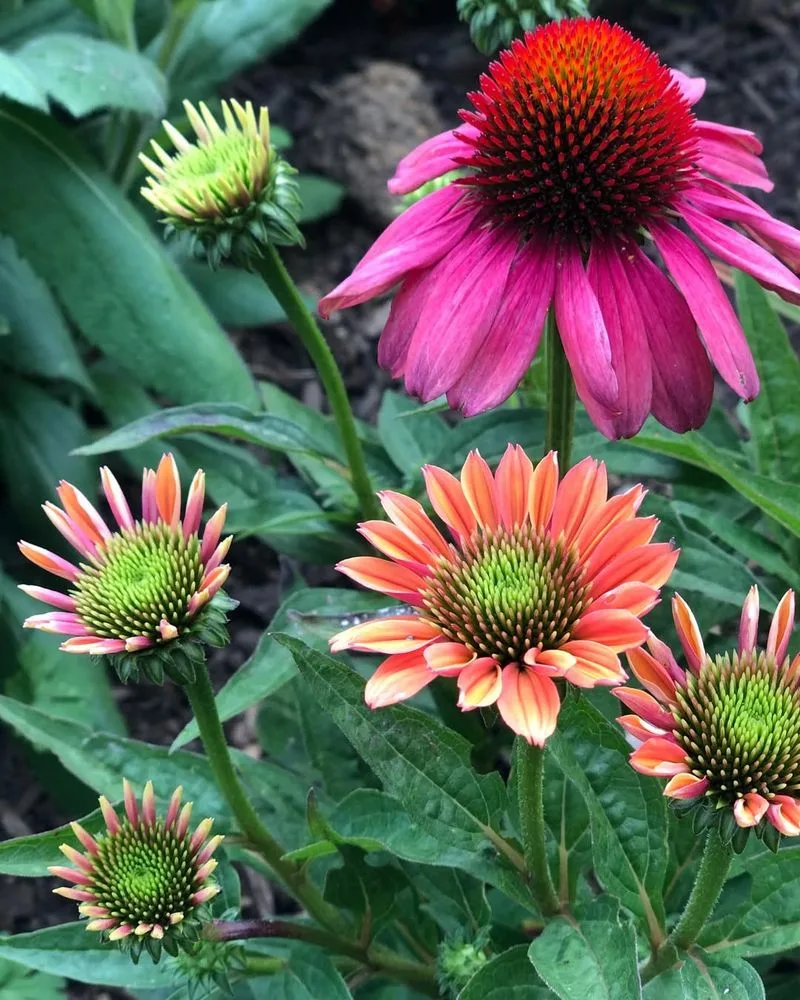
Purple coneflowers, or echinacea, captivate with their daisy-like appearance and butterfly allure. Their sturdy stems and long-lasting blooms provide a reliable food source throughout the summer months. Coneflowers’ medicinal properties have been cherished for centuries, and their pest-resistant nature makes them a practical choice for any garden. Plant them en masse for a stunning effect that draws in butterflies and admirers alike. These perennials return year after year, promising continuity in your garden’s butterfly population. Coneflowers are a testament to nature’s resilience and beauty.
Bee Balm
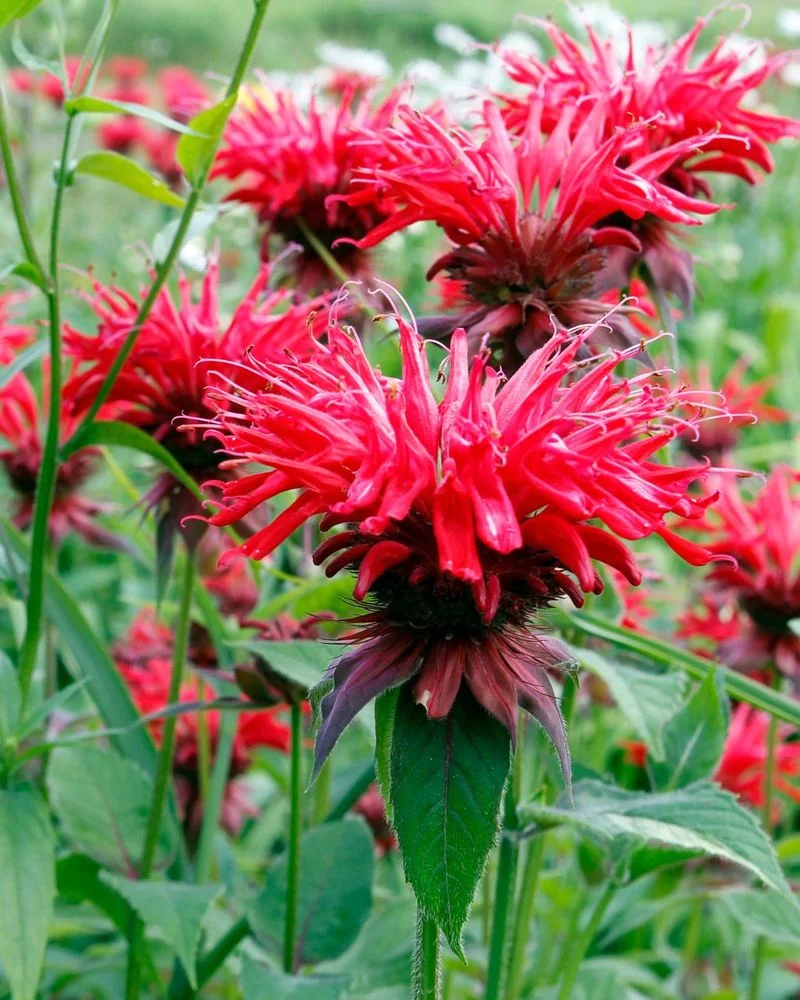
Bee balm, with its vibrant tubular flowers, serves as a beacon for butterflies seeking nectar. Its spicy aroma confounds pests, making it a delightful yet practical choice for gardeners. The plant’s vivid blooms attract not just butterflies but also bees, contributing to a bustling ecosystem. Easy to grow, bee balm flourishes in sunlit spots and offers a long flowering season. Its showy flowers come alive with activity, creating a dynamic garden scene. The plant’s resilience and appeal make it a versatile addition, enhancing both beauty and biodiversity.
Fennel

Fennel’s feathery foliage and aromatic presence invite swallowtail butterflies, providing both nectar and a host for caterpillars. Despite its delicate appearance, fennel’s fragrance repels aphids, making it a dual-purpose plant. Its yellow umbels add visual interest and blend seamlessly into herb or flower gardens. Fennel’s adaptability to various soil types and climates enhances its allure, requiring minimal care while offering significant rewards. Incorporate fennel for its culinary uses and for the delight of watching butterflies flutter around. This plant is a testament to simplicity and efficacy in gardening.
Lantana

Lantana’s vibrant clusters of flowers offer a multicolored spectacle that butterflies find irresistible. These hardy plants flourish in sunny conditions, presenting a long-lasting display of reds, oranges, and yellows. Lantana’s pungent scent acts as a deterrent to deer and rabbits, providing a natural protective barrier. Its robust nature ensures low maintenance, thriving in drought conditions without sacrificing blooms. The continuous display from spring to fall makes lantana a garden staple for butterfly enthusiasts. Lantana’s combination of beauty and practicality embodies the essence of a well-considered garden.
Asters
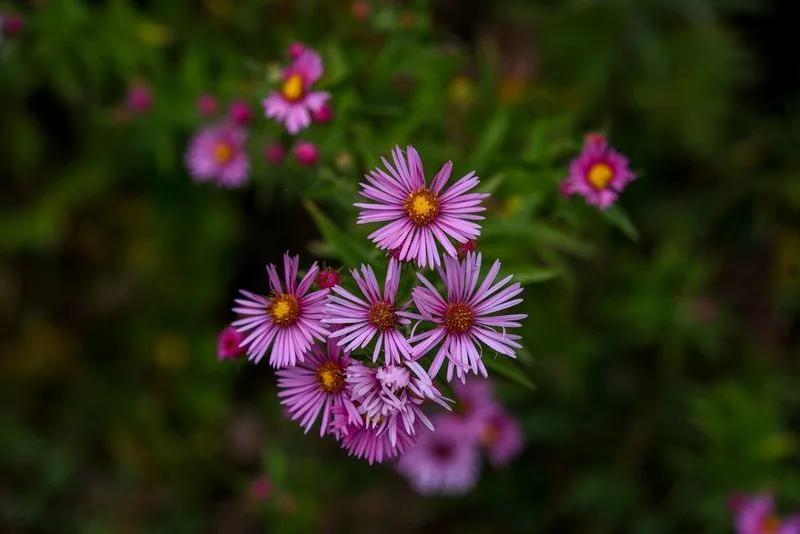
Asters, with their star-shaped blooms, offer a late-season delight for butterflies. These perennials burst into color in the fall, providing essential nectar as other flowers fade. Asters’ ability to thrive in various soils and resist common pests highlights their versatility. Their rich hues of purple and pink add depth and contrast to garden settings. Planting asters ensures a continuous butterfly presence, extending the enjoyment of your garden into cooler months. As symbols of patience and elegance, asters enrich any garden with both beauty and ecological value.
Salvia

Salvia’s striking spires of blue and purple attract butterflies, offering a rich source of nectar while deterring pests with their fragrant oils. These long-blooming perennials add vertical interest and color to garden beds. Salvia’s drought tolerance and ease of care make it a favorite among gardeners looking for low-maintenance allure. Ideal for sunny locations, their resilience is matched by their aesthetic appeal. Incorporating salvia ensures a lively garden filled with the fluttering of butterflies. Their vibrant presence and practicality make salvia a cherished element in any outdoor space.
Verbena

Verbena captivates with its clusters of small, vibrant flowers that beckon butterflies for a feast. This drought-tolerant plant thrives in sunny conditions, offering a continuous display of color from spring to fall. Verbena’s compact growth habit makes it perfect for borders, pots, or hanging baskets. Its resistance to pests adds to its appeal, ensuring a carefree gardening experience. Incorporate verbena for its stunning visual impact and ability to draw butterflies effortlessly. This plant’s combination of beauty and resilience offers a delightful addition to any garden seeking vibrant life and color.
Yarrow
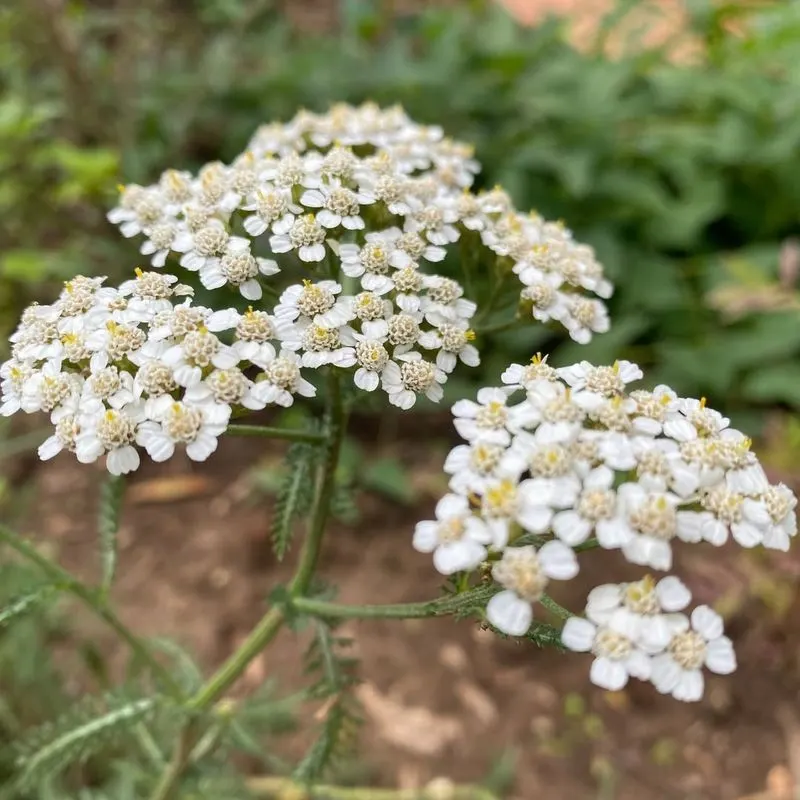
Yarrow’s fern-like foliage and flat clusters of flowers provide a charming perch for butterflies. Known for its medicinal properties, yarrow also boasts natural pest-repelling qualities, making it an ideal garden companion. Its adaptability to poor soils and drought conditions adds to its robustness. Yarrow’s blooms, ranging from soft creams to vibrant yellows, bring a warm glow to any garden setting. Including yarrow not only enhances beauty but also supports a thriving butterfly population. This plant’s understated elegance and functionality create a harmonious garden environment.
Black-eyed Susan
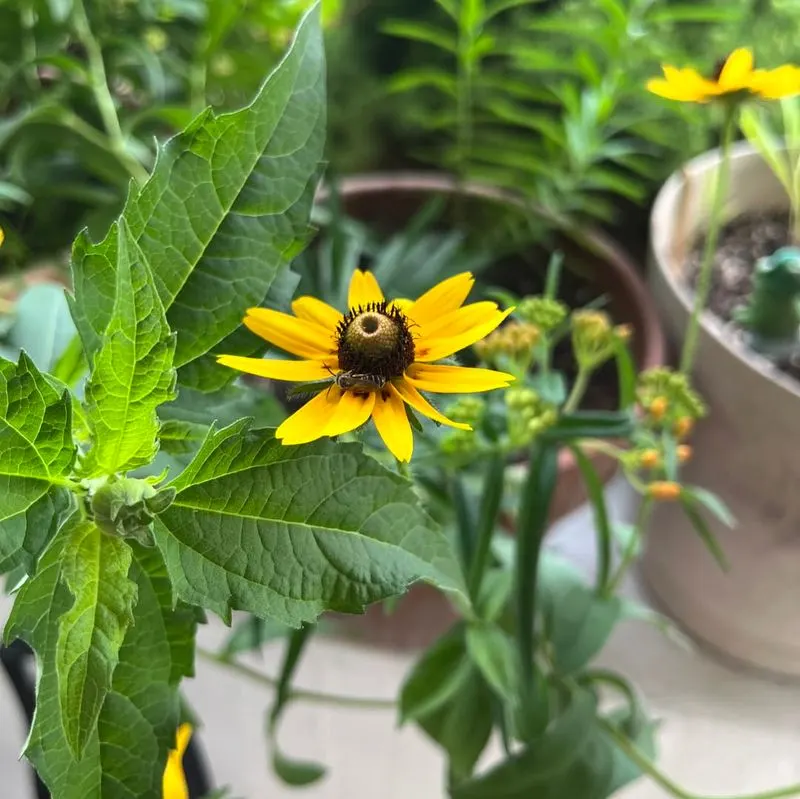
Black-eyed Susans offer more than just sunny smiles with their bright yellow petals and contrasting centers. Their hardy nature attracts butterflies while their tough foliage deters deer and rabbits. These perennials thrive in a variety of conditions, flowering freely from mid-summer into fall. Black-eyed Susans’ vibrant display and resilience make them a garden favorite for both beginners and seasoned gardeners. Plant them en masse for a golden sea that butterflies will delight in. Their cheerful presence and pest resistance make them indispensable in creating a welcoming garden atmosphere.
Phlox
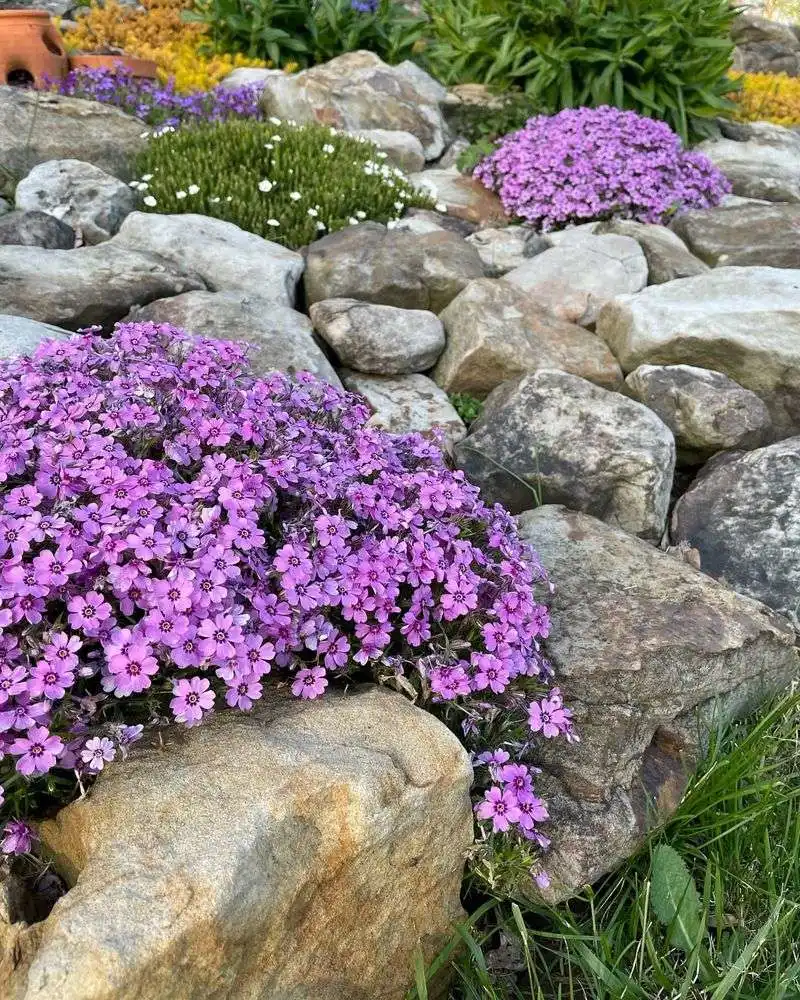
Phlox, with its fragrant clusters of flowers, serves as a magnet for butterflies seeking nectar. This perennial’s broad color palette offers something for every garden style, from subtle pastels to vivid hues. Phlox’s ability to resist powdery mildew and thrive in full sun adds to its appeal. Its long flowering season ensures continued butterfly visits and visual delight. Plant phlox in masses for a breathtaking carpet of color that transforms garden spaces. The combination of aroma, beauty, and resilience makes phlox a timeless addition to any butterfly-friendly garden.
Coreopsis

Coreopsis, often called tickseed, brings sunshine to gardens with its bright, cheerful blooms. These perennials draw butterflies effortlessly, offering nectar throughout the growing season. Coreopsis’ hardiness in drought-prone areas and ability to resist pests like deer and rabbits make it an ideal choice for low-maintenance gardening. Its radiant flowers create a lively atmosphere, perfect for garden beds or borders. Plant coreopsis for its enduring charm and ability to attract winged visitors. This plant’s vibrant display and practical nature ensure it remains a cherished favorite among gardeners.
Catmint
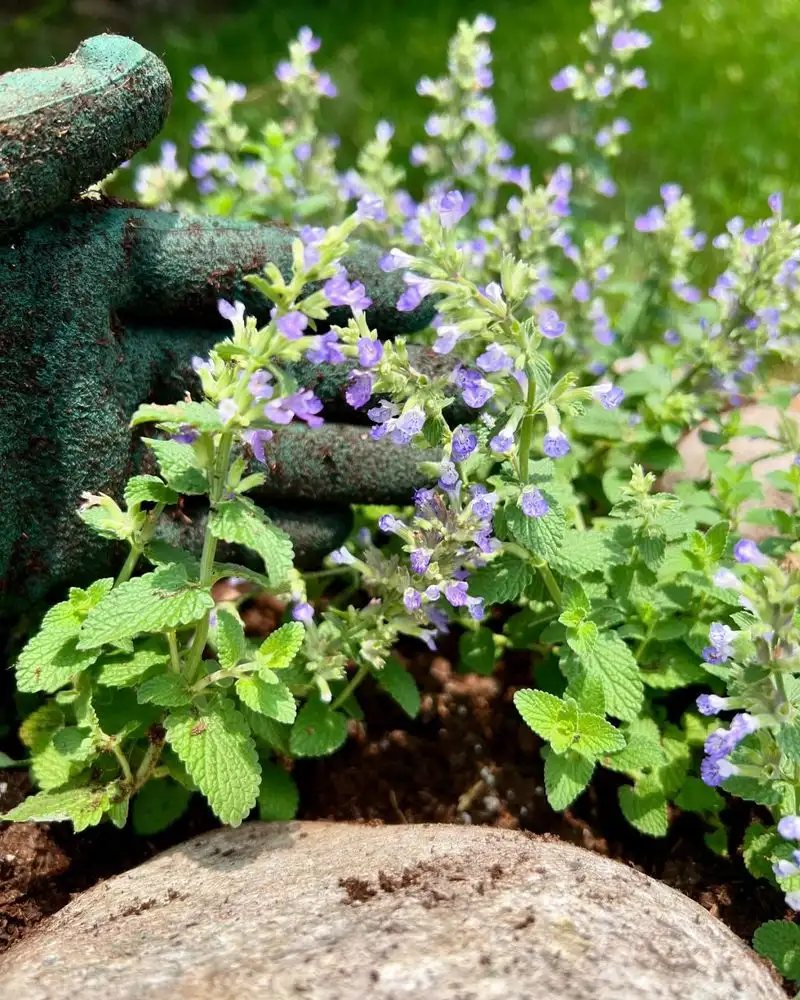
Catmint offers a soft, soothing presence in gardens, with its lavender-blue blooms drawing butterflies in droves. Its aromatic foliage repels pests like aphids, ensuring a harmonious garden experience. Catmint’s sprawling habit and low water requirements make it suitable for border plantings or rock gardens. Its long flowering season guarantees a consistent butterfly presence. The combination of beauty, fragrance, and practicality makes catmint an attractive choice for any gardener. Incorporating catmint ensures a garden filled with color and the gentle flutter of butterfly wings, creating a serene outdoor retreat.

